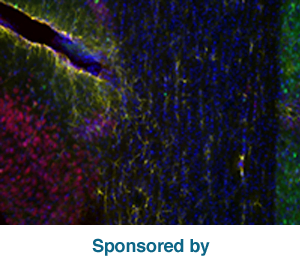

Fluorescence microscopy is a standard technique used in most laboratories around the world. With the invention of fluorescence proteins such as GFP, publications using fluorescence techniques have skyrocketed. Traditional HBO/mercury lamps were replaced by pre-aligned lamps that emerged in the early 2000s. With their broad spectrum and high output, these lamps have provided an effective solution for many years. However, mercury lamp solutions have drawbacks such as limited bulb lifespans, maintenance costs and warm-up time. These limitations can be eliminated by a newer technology - light emitting diode (LED) solutions.
Until recent years, LEDs have been a technology faced with a number of barriers that have prevented wide commercial adoption. High cost and limited availability of LEDs, as well as low output and efficiency, were factors that prohibited market adoption. With advancements in LED technology today, utilization of LEDs for fluorescence microscopy illumination has become increasingly popular in the industry. There are advantages that LEDs bring to microscopy applications.
This webinar will discuss the differences in stability between Lamps and LEDs, and also explain the importance of repeatability when comparing images taken between time points, whether this is within the same short experiment or a longer time-lapse experiment.
|
MARK YOUR CALENDAR
Date: Wednesday, November 5, 2014
Time: 2pm EST
|
Space is limited. Reserve your Webinar seat now at:
https://www3.gotomeeting.com/register/739909990
After registering you will receive a confirmation email containing information about joining the Webinar.
|
SYSTEM REQUIREMENTS
PC-based attendees
Required: Windows® 8, 7, Vista, XP or 2003 Server
Mac®-based attendees
Required: Mac OS® X 10.6 or newer
Mobile attendees
Required: iPhone®, iPad®, Android™ phone or Android tablet
|
Visit Photonics Media to watch past webinars on demand to learn more about the latest developments in lasers, imaging, optics, biophotonics, machine vision, spectroscopy, microscopy, photovoltaics and more.
https://photonics.com/Webinars.aspx
|
|

|
|




|